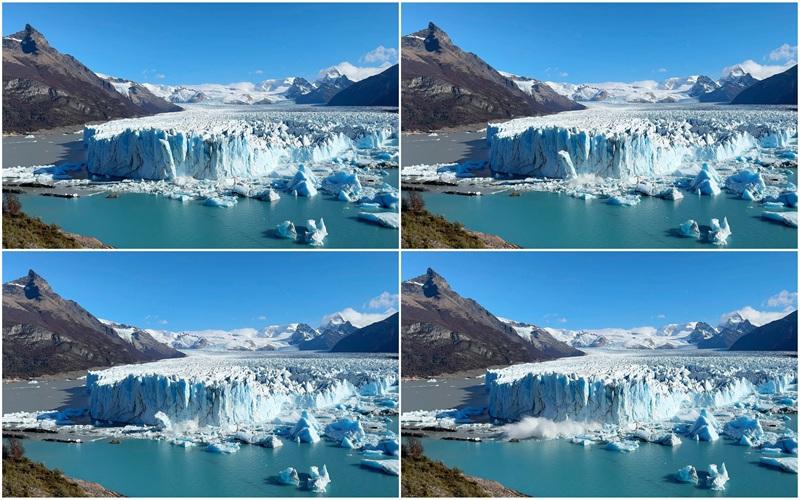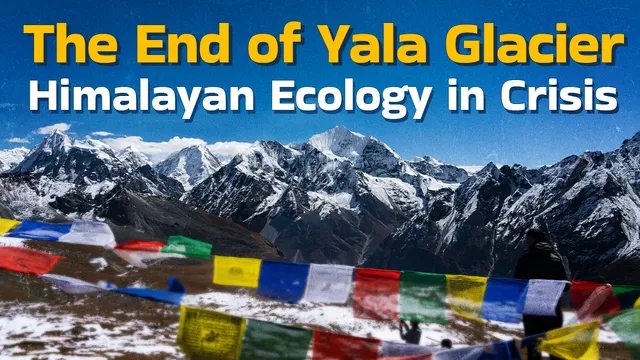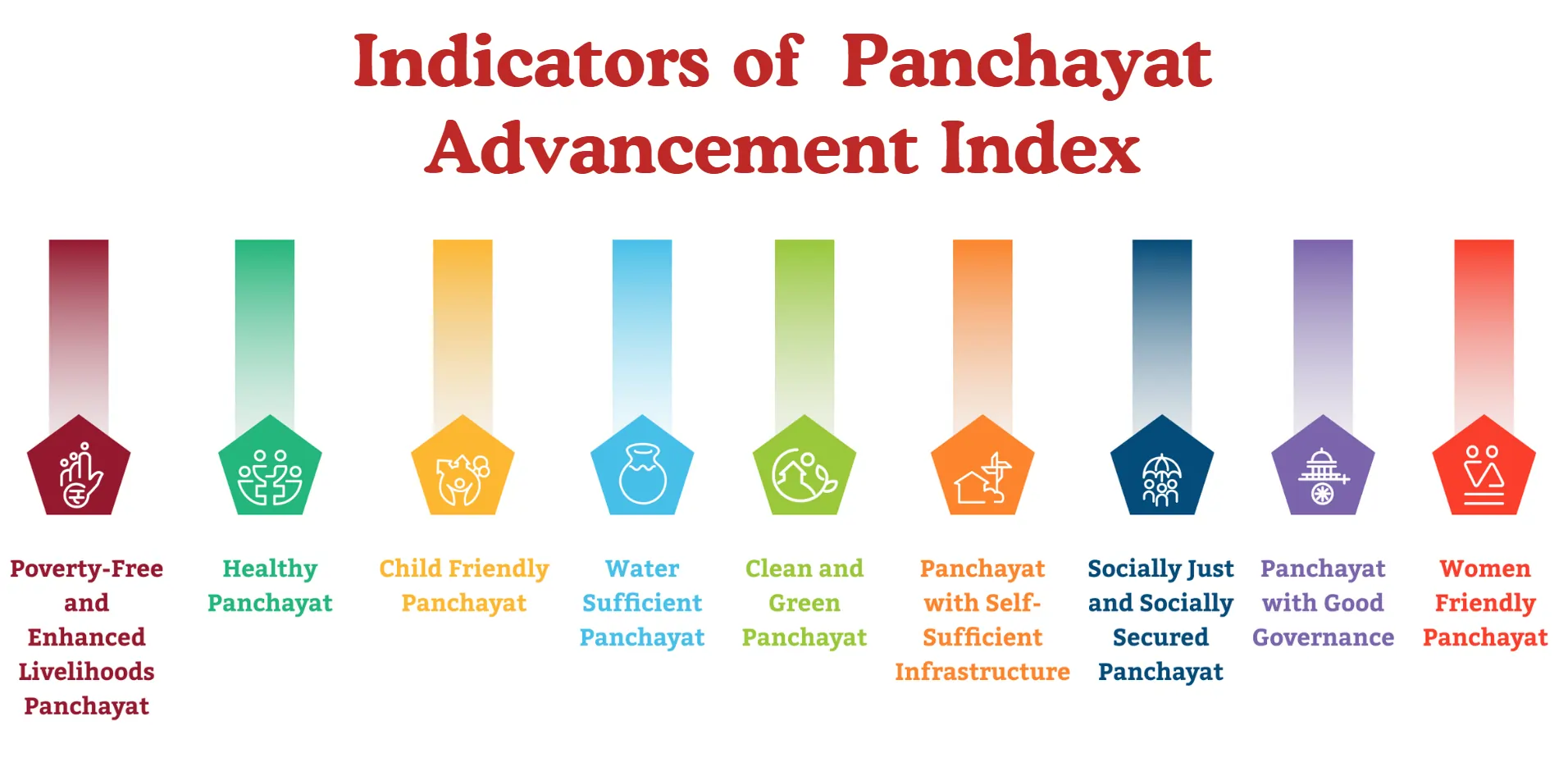- Courses
- GS Full Course 1 Year
- GS Full Course 2 Year
- GS Full Course 3 Year
- GS Full Course Till Selection
- Online Program
- GS Recorded Course
- NCERT (Recorded 500+ Hours)
- Polity Recorded Course
- Geography Recorded Course
- Economy Recorded Course
- AMAC Recorded Course
- Modern India, Post Independence & World History
- Environment Recoded Course
- Governance Recoded Course
- Science & Tech. Recoded Course
- International Relations and Internal Security Recorded Course
- Disaster Management Module Course
- Ethics Recoded Course
- Essay Recoded Course
- Current Affairs Recoded Course
- CSAT
- 5 LAYERED ARJUNA Mentorship
- Public Administration Optional
- ABOUT US
- OUR TOPPERS
- TEST SERIES
- FREE STUDY MATERIAL
- VIDEOS
- CONTACT US
Perito Moreno Glacier Retreat – A Stable Giant Now in Decline
Perito Moreno Glacier Retreat – A Stable Giant Now in Decline
21-05-2025

- The Perito Moreno Glacier in Argentina, once known for its unusual long-term stability, is now showing signs of rapid retreat.
- In April 2025, it witnessed a massive ice calving event, where a block of ice the size of a 20-story building fell into the water below.
- The glacier, earlier considered climate-resilient, has started losing mass rapidly since around 2020, raising global concern.
About Perito Moreno Glacier
- Location: Near El Calafate, in Santa Cruz Province, Argentina.
- Part of Los Glaciares National Park, a UNESCO World Heritage Site.
- Commonly called the "White Giant".
- Size:
- Surface Area: 250 sq. km (similar to Patna, Bihar).
- Length: 30 km long.
- Height: 60 m above water surface.
- Formed during the last Ice Age, around 18,000 years ago.
- Major source of freshwater for Argentina.
- Known for ice calving events, which attract thousands of tourists annually.
About Calving Events: Then and Now
- Ice calving (large chunks breaking off into water) is a natural process due to the glacier’s forward movement.
- These events have occurred since at least 1917.
- Recently, the size and frequency of these events have increased, indicating accelerated retreat.
- Tour guides and scientists note that icebergs of current size have not been common over the last 20 years.
Signs of Retreat
- According to a 2024 government-backed report, Perito Moreno has lost 0.85 metres of thickness per year on average since 2015—the fastest retreat in 47 years.
- The Argentine Institute of Glaciology and Environmental Sciences (IANIGLA) reported in 2023 that since 2020, the glacier had lost over 700 m of mass.
- This is equivalent to about 7 massive ice blocks breaking off.
Causes of Retreat
- Climate Change is the main driver.
- Rising Temperatures: The local region has seen a rise of 0.06°C per decade in air temperature.
- Decreased Snowfall: Less precipitation has resulted in reduced accumulation of ice.
- These factors have weakened the glacier’s natural balance, causing it to melt faster than it can rebuild.
Global Perspective on Glacier Melt
- Perito Moreno’s decline is part of a global trend of glacier retreat.
- According to a Nature journal (2024) study:
- Glaciers are losing 273 billion tonnes of ice per year.
- This amount is equal to the world’s 30-year water consumption.
- Glacier melt alone has caused nearly 2 cm rise in sea level since 2000.
- A UNESCO report (March 2025) stated:
- Since 1975, glaciers outside Greenland and Antarctica have lost over 9,000 billion tonnes of ice.
- This loss is equal to the size of Germany covered with 25 metres of ice.
Why This Matters
- Freshwater Security: Glaciers like Perito Moreno are key freshwater sources. Their retreat affects drinking water, agriculture, and hydropower.
- Sea-Level Rise: Even small sea level rises (e.g., 2 cm) can increase coastal flooding, displacement, and economic loss.
- Loss of Biodiversity: Glacier-fed ecosystems are disrupted, threatening species that depend on cold water flow.
- Disaster Risk: Retreating glaciers increase the threat of Glacial Lake Outburst Floods (GLOFs) and landslides.
- Tourism Impact: Iconic glaciers are major tourist attractions. Their decline affects local economies.
Way Forward
- Strengthen international cooperation for glacier research and monitoring.
- Promote low-emission development pathways globally.
- Enhance local adaptation strategies in glacier-fed regions (e.g., water conservation, early warning systems for GLOFs).
- Invest in data sharing platforms, such as glacier observatories and real-time satellite monitoring.



